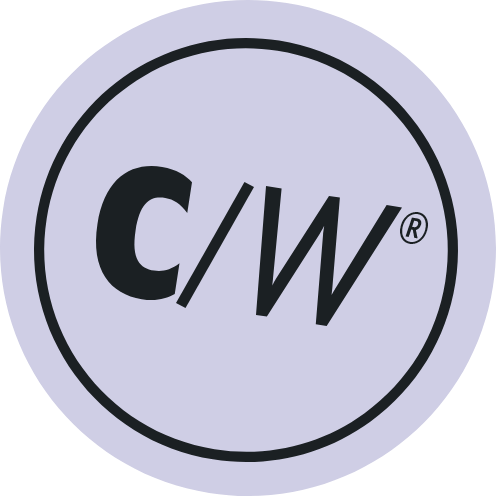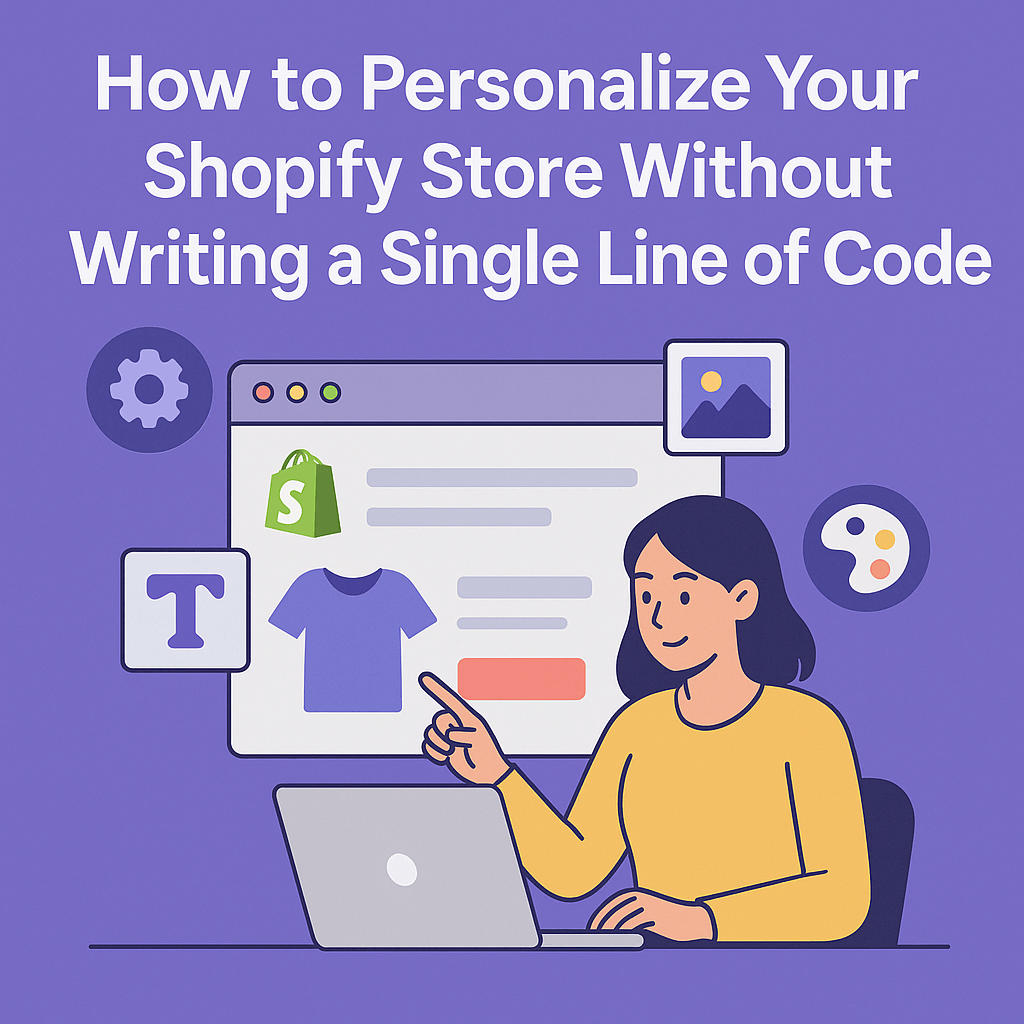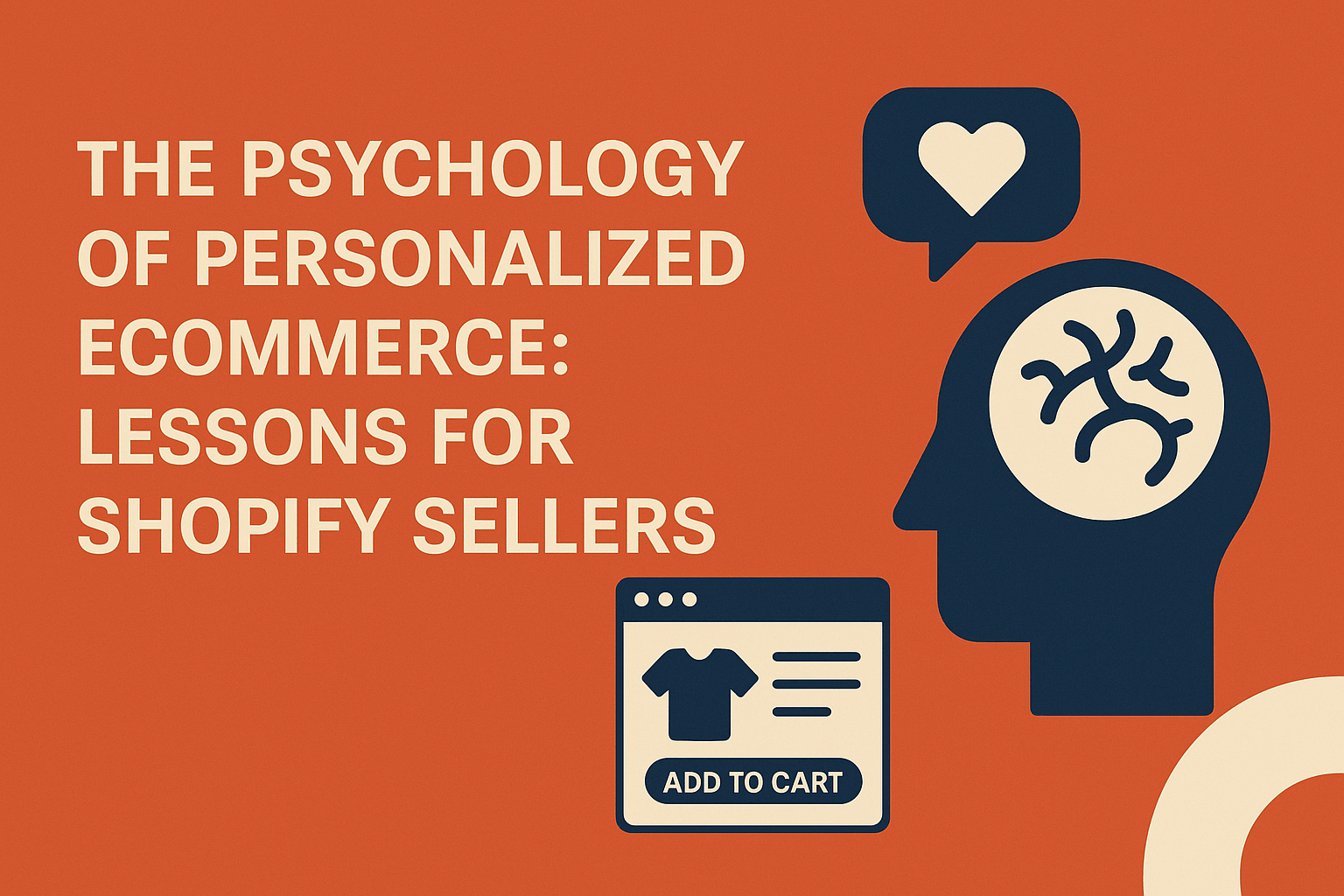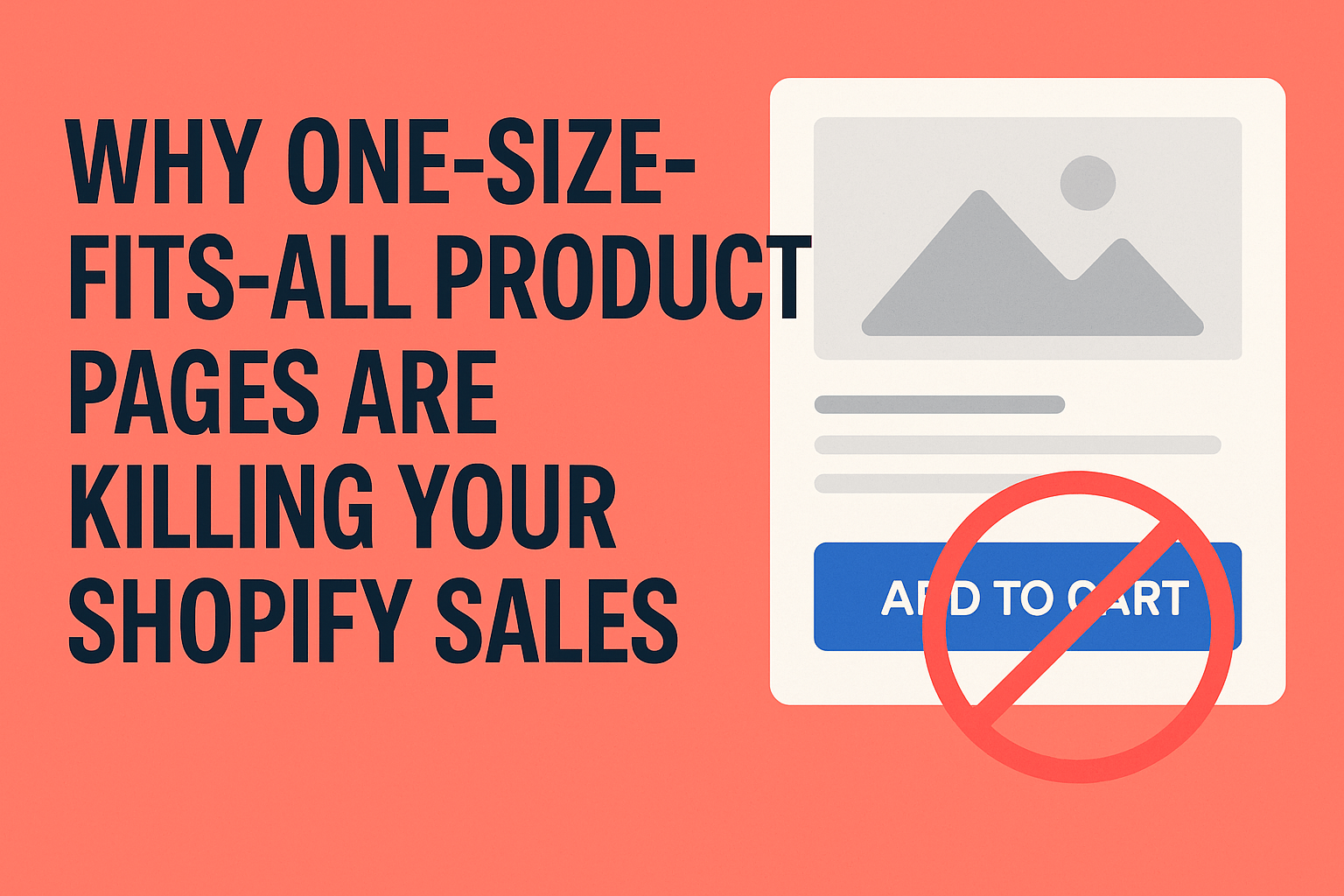Why One-Size-Fits-All Product Pages Are Killing Your Shopify Sales
You’ve done everything right. You’ve sourced a great product, built a beautiful Shopify store, and spent countless hours (and dollars) on marketing to drive traffic. Visitors are landing on your product pages... and then they’re leaving. Carts are abandoned, bounce rates are high, and your sales aren't reflecting your effort.
What’s going wrong?
The culprit is often hiding in plain sight: the one-size-fits-all product page. In a world where customers expect tailored experiences, presenting every single visitor with the exact same information is no longer enough. It’s the digital equivalent of a salesperson ignoring a customer and just pointing to a rack.
This article will break down why this generic approach is killing your Shopify sales, explore the powerful psychology behind personalization, and show you how to start creating product pages that connect, convert, and build a loyal customer base.
The Problem with Generic Product Pages
A generic product page is a static, unchanging page that displays the same images, copy, and offers to every visitor, regardless of who they are, where they came from, or how they’ve interacted with your store before.
While this is the default for most e-commerce platforms, it’s a fundamentally flawed approach that leads to several critical problems:
- High Bounce Rates: A visitor from a TikTok ad looking for a specific style has different immediate needs than a visitor from a Google search for "durable winter boots." If your page doesn't instantly validate their intent and speak to their specific need, they'll bounce back to where they came from in seconds.
- Low Conversion Rates: Generic copy fails to address individual pain points, answer specific questions, or create an emotional connection. When a customer doesn't feel understood, they won't feel confident enough to click "Add to Cart."
- Weak Brand Connection: Impersonal experiences feel transactional, not relational. Customers are less likely to remember your brand or become repeat buyers when they feel like just another number in your analytics report.
- Increased Cart Abandonment: A generic page can leave lingering doubts. Is this really the right size for me? Will this color match what I saw on Instagram? Without personalized social proof or content to ease these fears, the cart is often abandoned.
A one-size-fits-all page speaks to everyone, which means it truly speaks to no one.
The Psychology of Personalization in E-commerce
So, why is personalization so incredibly effective? It’s not just a marketing gimmick; it taps into fundamental human psychology. When you tailor a product page, you’re leveraging powerful cognitive principles that drive decision-making.
1. The Cocktail Party Effect
Imagine you're in a crowded, noisy room. You tune out most of the chatter until you hear someone say your name. Your brain is hardwired to filter out noise and pay immediate attention to information that is personally relevant. Personalization does the same thing online. A headline that references a visitor’s location ("The Perfect Raincoat for Seattle Weather") or their interest ("As Seen on TikTok") instantly cuts through the clutter and grabs their attention.
2. Reduced Cognitive Load
Decision fatigue is real. The more choices and irrelevant information a customer has to process, the more likely they are to give up. A personalized page simplifies this process. By showing them the most relevant reviews, product recommendations, or features based on their behavior, you make the decision to buy feel easy and intuitive.
3. Building Trust and Rapport
When a brand shows that it understands a customer's needs, it creates a powerful sense of being valued. A study by McKinsey found that 71% of consumers expect companies to deliver personalized interactions. Meeting this expectation shows you’re listening, which builds the trust necessary for a customer to hand over their credit card information.
4. The Endowment Effect
This is the principle that people value something more simply because they feel a sense of ownership over it. Personalization can create this feeling pre-purchase. By showing a product in a context that reflects the customer's life or style, they begin to mentally "own" it, making it much harder to walk away from.
Why Shopify Sellers Avoid Personalization (and Why That’s a Mistake)
If personalization is so powerful, why don't more Shopify stores use it? Most sellers are held back by a few common (and outdated) misconceptions.
Myth 1: "It's too technically difficult."
The Reality: In the past, this was true. Today, the Shopify App Store is filled with powerful, no-code page builders and personalization engines (like Replo, Shogun, or LimeSpot). These tools use simple "if-then" logic and drag-and-drop interfaces, allowing you to create dynamic content without writing a single line of code.
Myth 2: "It's too expensive."
The Reality: Reframe this as an investment, not a cost. Calculate the potential revenue lift from increasing your conversion rate by just 1-2%. In most cases, the ROI from a personalization app far outweighs its monthly fee. The real cost is the money you're leaving on the table with a low-converting generic page.
Myth 3: "I don't have enough data."
The Reality: You don't need "big data" to get started. You can begin with simple, powerful data points you already have:
- Traffic Source: Show a different headline to visitors from Google vs. Instagram.
- Geolocation: Display shipping information or reviews relevant to the visitor's country.
- New vs. Returning Visitor: Offer a "Welcome" discount to new visitors and a "Welcome Back" message to returning ones.
Actionable Steps to Personalize Your Shopify Pages
Ready to move beyond the generic? Here are a few simple yet powerful ways to start personalizing your product pages today.
- Segment Your Audience: Start by thinking about your main visitor groups. A good starting point is segmenting by:
- Traffic Source: (e.g., Facebook Ads, Google Search, Email Newsletter)
- Visitor Status: (New vs. Returning)
- Location: (Country or even region)
- Personalize Key Elements:
- Dynamic Headlines & Banners: Greet returning customers by name or change the main headline to match the ad they clicked. (e.g., "The Viral Sensation from TikTok is Here!").
- Targeted Social Proof: Show reviews from customers in the visitor's country to increase relatability and trust.
- Smart Product Recommendations: Instead of random "You might also like" items, show products that truly complement what's in their cart or what they've viewed before.
- Contextual Information: Automatically show a sizing guide to new visitors, or highlight your loyalty program to repeat customers.
Conclusion: Stop Selling to Everyone, Start Selling to Someone
The era of the one-size-fits-all product page is over. Your customers crave relevance and a personal touch, and the technology to deliver it has never been more accessible for Shopify sellers.
By moving away from a generic template and embracing personalization, you’re not just optimizing a webpage; you’re building a smarter, more customer-centric business. You’re showing each visitor that you understand their needs, which is the fastest way to turn a casual browser into a loyal fan.
Start small, pick one segment to target, and watch how a little personalization can make a big impact on your Shopify sales.
Frequently Asked Questions
Do I need to be a developer to personalize my Shopify product pages?
Absolutely not. The modern Shopify ecosystem is built on powerful, user-friendly apps. Tools like Conversionwax offer no-code, drag-and-drop editors that allow you to set up personalization rules and create dynamic content without writing a single line of code.
Is personalization expensive for a small Shopify store?
It's best to think of it as an investment, not an expense. While many personalization apps have a monthly fee, the return on investment (ROI) from a higher conversion rate often pays for the tool many times over. The real cost is the potential sales you lose every day from a generic, underperforming product page.
How much data do I need to start personalizing my product pages?
You can start with very basic, accessible data points. You don't need a massive customer list to begin. Simple starting points include personalizing based on:
- Traffic Source: Where the visitor came from (e.g., a specific Instagram ad).
- Geolocation: The visitor's country or region.
- Visitor Status: Whether they are a new or returning visitor.
What is the simplest form of personalization I can implement today?
One of the easiest and most effective tactics is to create a dynamic headline that matches the ad a visitor clicked. For example, if your ad says "50% Off Our Best-Selling T-Shirt," your product page headline should also say "50% Off Our Best-Selling T-Shirt." This creates a seamless, relevant experience that immediately boosts confidence and lowers bounce rates.
How can I measure the ROI of my personalization efforts?
The best way is to monitor key e-commerce metrics before and after you implement changes. Pay close attention to your Conversion Rate, Average Order Value (AOV), and Bounce Rate. Many personalization apps also include built-in analytics and A/B testing features, allowing you to directly compare the performance of a personalized page against a generic one.
Will personalizing my product pages slow down my website speed?
This is a valid concern. However, reputable Shopify apps are built with performance in mind and are optimized to have a minimal impact on site speed. Always choose well-reviewed apps from the official Shopify App Store and use tools like Google PageSpeed Insights to monitor your site's performance. The benefits of a higher conversion rate almost always outweigh any minuscule changes in load time.




